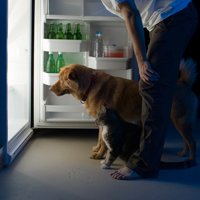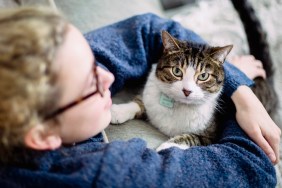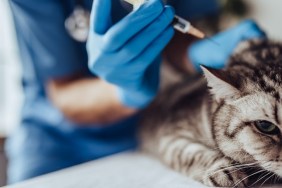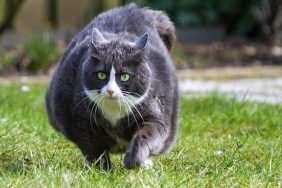Last month, DogTime.com reported that more than half of dogs here in the United States are overweight or obese. That’s over 50 percent of our canine companions who are walking around — or, as the case may be, laying around — at risk for serious conditions because of their weight.
Obesity can cause strain on a dog’s liver, kidneys, joints, lungs, and…









